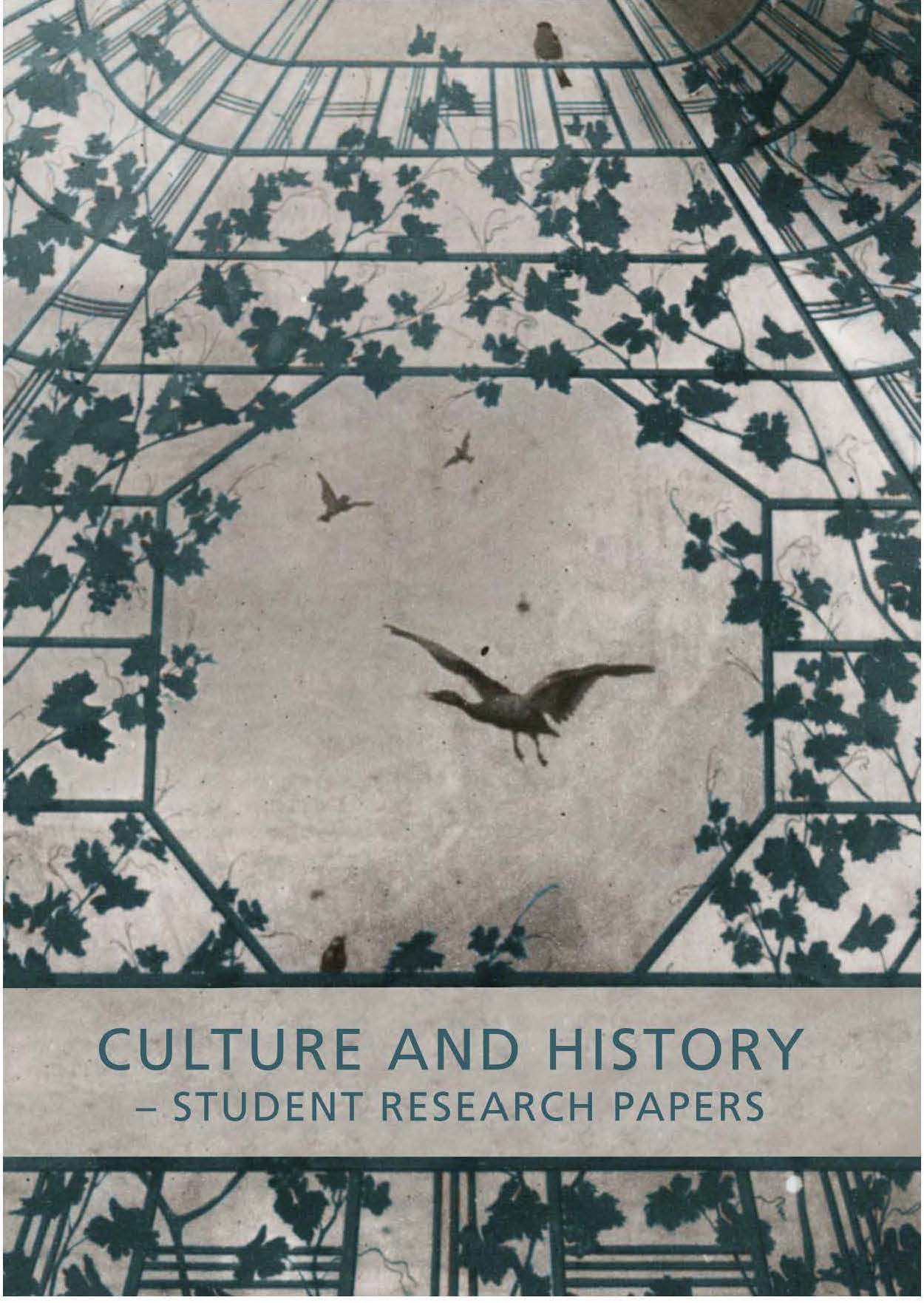Diplomatic Relations in the Interwar Period
An Analysis of the League of Nations Secretariat's Political Section, 1919-1939
DOI:
https://doi.org/10.7146/chku.v7i1.138105Nøgleord:
institutional history, diplomatic relations, League of Nations, agency, actor-based approachResumé
This article studies interwar diplomacy. It does so, through the lens of the League of Nations Secretariat’s Political Section. It seeks to uncover how the section was created and how it was meant to operate. Using a prosopographical social network analysis the article dynamically maps the composition of the Political Section and what characterised the section. It studies how the employees worked and which form of agency they had. As such, the article has four key findings. First, the section was highly professionalised with more than 60% having a background in diplomacy providing the expertise and qualifications to handle diplomatic conflicts. Second, the section had high diversity in the nationality of the employees and a relatively low amount of British and French employees. Third, the employees of the Political Section generally had a high degree of agency regarding how they handled conflicts which they could use to expand their tasks and area of responsibility. Last, the ability to control information was the most important competence for the officials of the Political Section. On a methodological level, this paper provides an example of how social network analysis can be a useful tool in historical studies.
Downloads
Publiceret
Citation/Eksport
Nummer
Sektion
Licens

Dette værk er under følgende licens Creative Commons Navngivelse (by).
Forfattere af artikler i tidsskriftet har indtil 2023 copyright over deres artikler, men der er ikke knyttet en cc-licens til disse.


